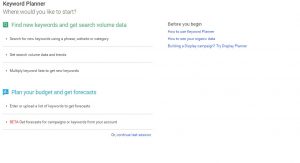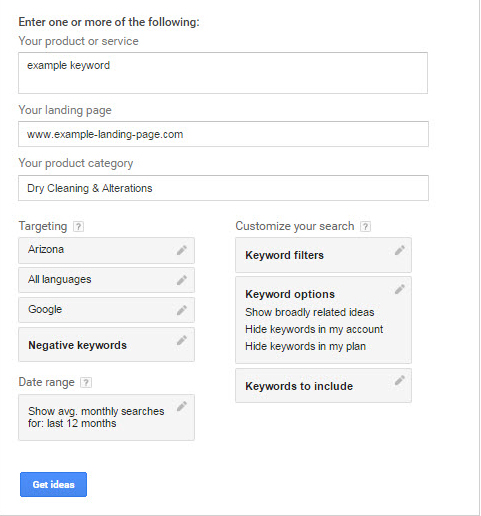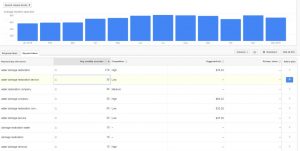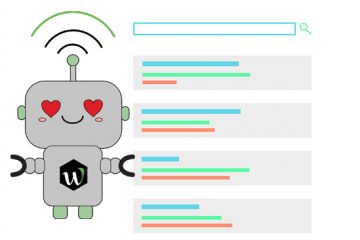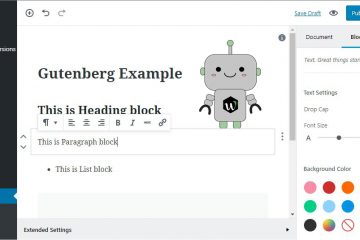Many people ask where they should begin when researching keywords for their site or page. That can be a tricky question because it all depends on several different factors. Before you even start to put together a paid campaign, you need to know what keywords fit your business. That’s where we come in to help you.
Steps to Beginning Keyword Research
You should start by building a list of keywords that work well with your topic. Whether you’re writing a blog or the homepage for your fashion store, you need to do the research for the items you’re selling or the topic you’re covering.
Create a new Excel file and start compiling a list of all the popular keywords and how competitively they are being used online.
Tools to Start Keyword Research
For a relatively cheap route (because prices depend on what keywords your bidding for in AdWords), you can always use Google Trends and Google AdWords (recommended) to research the popularity of certain keywords you have in mind and comparing them with similar terms. For this example, I’ll walk you through using Google AdWords because it’s one of the most common tools people use.
Start by creating an account in AdWords and using the Keyword Planner under tools.
You’ll begin your keyword research by entering the name of your product or service. You might not want to enter any broad terms unless your business is a service because that usually doesn’t pan out for people that are new to keyword research.
When you search the keyword for your industry, see which companies come up organically and enter their landing page URL into the “Your Landing Page” space, followed by your category.
When you click “Get Ideas,” Google will take that information and show you the keywords it associated with your criteria you entered in the previous step. You can see what keywords are being used on that top-ranking landing page (there might be times when Google produces zero results).
You’ll also receive the average monthly searches for that keyword, the level of competition, and the cost per click estimates.
With all that data, you can weed out keywords that have the most competition and the highest per click cost to start building a list of keywords that work for you and your business.
With your list in hand, you’re ready to start writing the content. Keep in mind that it will be hard to rank on the first page for a single keyword, like “car” or “jewelry,” especially if it’s in a popular industry. You need to use industry terminology that incorporates the keyword into the title.
This is known as “Long-Tail SEO.” It’s a great strategy to find the people that already know what they want and narrow down your list of options for the best keyword to use.
A simple example would be the keyword “coffee mugs.” Your store might sell a ton of coffee mugs with images on them.
If you used the term “David Bowie Coffee Mugs and Cups” on your new page, you would attract people that already know what they want. Maybe they just can’t start their day without a sip of coffee from their super cool Star Man mug.
By using this simple trick, you can really narrow down your initial list of keywords and phrases until you find the best one to use for building out search campaigns, topics for your content, seeing trends in the industry or even optimizing existing ad copy, tailored to your target market.
